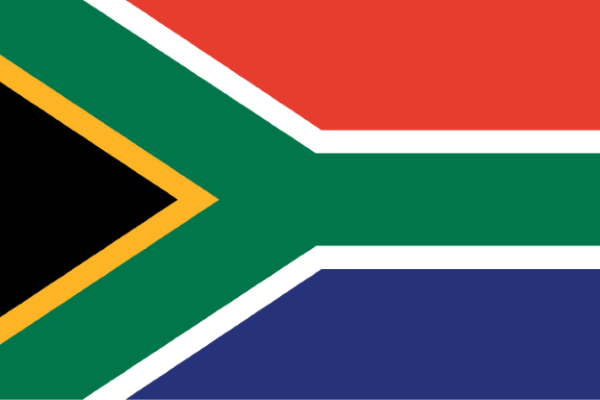The Order of Mendi for Bravery in Gold

Luthuli Detachment Awarded for:
Exceptional contribution to the freedom struggle in southern Africa by embarking on the first-ever armed military operation against white rule in 20th century South Africa, thereby waging pitched battles against the then Rhodesian state, and by displaying immense bravery against tremendous military odds.
Profile of Luthuli Detachment
The story of the Luthuli Detachment has a unique place in South Africa’s struggle for liberation, as this unit signified the beginning of the African National Congress’s (ANC) fully-fledged military engagement. During the ensuing battles with the Rhodesian security forces, the Luthuli Detachment fought bravely against tremendous odds and served to inspire South Africans during a dark period in our history. The youth of later generations of the 1970s and 1980s were particularly inspired by the sheer courage and bravery of the Luthuli Detachment.
Since the inception of the ANC’s military wing, Umkhonto we Sizwe, in December 1961 up until 1963, the ANC had only engaged in acts of sabotage.
On 31 July 1967, the ANC for the first time launched an operation with the possibility of militarily engaging the apartheid regime in South Africa. A group of 79 guerrillas from the ANC and the Zimbabwean African People’s Union (Zapu) embarked on a joint mission.
This ANC unit was named the Luthuli Detachment, after the late Chief Albert Luthuli who had died in the same month of July 1967.
This joint military venture between the ANC and the Zimbabwe People Revolutionary Army (Zipra) became popularly known as the Wankie Campaign. Lennox Lagu was the commander of the ANC group of 56 men, while Chris Hani was the second-in-command.
On 31 July 1967, the guerrillas crossed the Zambezi River from Zambia into then Southern Rhodesia, and embarked on a long march home through the Wankie Game Reserve.
The ANC guerrillas were aiming to march through Rhodesia into South Africa, where each combatant had specific instructions to assist in the political mobilisation of people in different parts of the country. The Zapu guerillas aimed to establish a military base in Lupane, in north-east Rhodesia, which would also serve as a future “Ho Chi Minh” route home for the ANC.
As the guerrillas marched through the Wankie Game Reserve, a shortage of water became their main concern as it was the dry season in Rhodesia. The Rhodesian security forces first became aware of some guerrilla presence on 8 August 1967. The planners of this military campaign wanted to avoid any unnecessary conflict with the Rhodesian security forces but this was not to be.
In the meanwhile, the ANC-Zapu group decided to split into two. The first skirmish took place between the Lupane-bound guerrillas and the Rhodesian security forces on 13 August 1967, between Dett and Wankie, in what became known as the Battle of Nyatuwe. A second battle followed, also involving this Lupane-bound group on 18 August 1967.
Chris Hani’s group, on its way to South Africa, first clashed with the Rhodesian security forces on 22 August 1967. After a fierce battle, the Rhodesian security forces fled, leaving ammunition and much-needed food and water.
The last clash between the guerrillas and the Rhodesians took place on 4 September 1967. By then, some of the guerrillas had been killed, some had been imprisoned by the Rhodesian or Botswana authorities and some had found refuge in Zambia or Swaziland. Only one guerrilla managed to travel back to South Africa.
The Luthuli Detachment was a metaphor for freedom earned through the sweat of the oppressed’s brow, and it represented the possibility of victory against the system until then thought to be impregnable.
This bold and brave military detachment etched its name in the annals of the history of freedom in South Africa.




